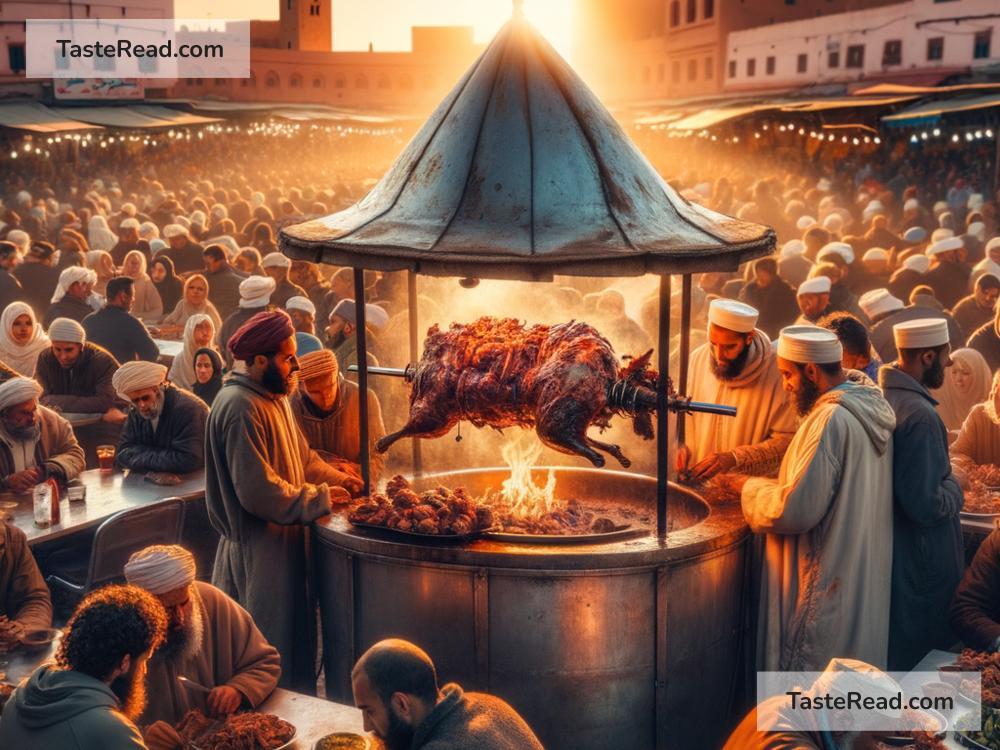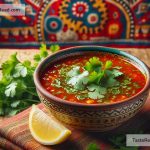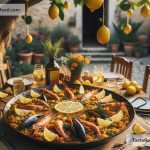Exploring the Story Behind the Moroccan Mechoui: Embracing Tradition and Taste
Morocco, a country steeped in rich culture and traditions, is not just famous for its stunning architecture and vibrant souks (markets) but also for its delectable cuisine. One traditional dish that stands out in the Moroccan culinary landscape is Mechoui. This succulent lamb dish is more than just a meal; it’s a celebration of flavor, tradition, and communal gatherings.
Origins and Tradition
The origin of Mechoui is as intriguing as the dish itself. The term ‘Mechoui’ comes from the Arabic word for “roasted on fire” and for centuries, it has been a staple in Moroccan feasts and ceremonies. Traditionally prepared during significant events such as weddings, religious festivals, and family gatherings, Mechoui is much more than food—it’s a symbol of hospitality, generosity, and community.
The Heart of Mechoui: Preparation and Cooking
The preparation of Mechoui is an art form, passed down from generation to generation. The process begins with selecting a whole lamb, which signifies abundance and celebration. This selection is carefully done, ensuring the lamb is of the right age and size for the tenderness of the meat.
The real magic happens in the cooking process. The lamb is seasoned with a mixture of Moroccan spices, including salt, cumin, and sometimes saffron, providing it with a distinct and aromatic flavor. It’s then slow-roasted over an open fire or in a special oven dug into the ground, a method that dates back centuries. This slow roasting not only imbues the meat with a smoky flavor but also ensures that it is exquisitely tender, practically falling off the bone.
A Cultural Immersion
Enjoying Mechoui is about more than just eating; it’s an experience that immerses you in Moroccan culture. It is traditionally served on large platters with the meat being pulled apart by hand, emphasizing the communal nature of the meal. Diners often gather around the platter, using pieces of Moroccan bread to scoop up the meat along with a blend of salt and cumin for added flavor. This communal eating style reinforces the sense of togetherness and the communal spirit of Moroccan society.
Mechoui Today: Preservation and Innovation
In today’s fast-paced world, the tradition of Mechoui remains a significant part of Moroccan culture, symbolizing a bridge between the past and present. While still prepared for special occasions, the dish has also found its way into Moroccan restaurants, allowing locals and tourists alike to savor this traditional delicacy. Some chefs have introduced variations, adding their unique twist to the classic recipe, yet the essence of Mechoui—the slow-cooked, tender lamb seasoned with Moroccan spices—remains untouched.
The Mechoui Experience: Beyond the Palate
The experience of enjoying Mechoui extends beyond the taste. It’s a sensory journey that includes the sight of the carefully prepared lamb, the sound of crackling firewood, the smell of roasting meat mixed with aromatic spices, and the warmth of gathering with friends and family. For many, a Mechoui meal is a cherished memory, a moment that connects them to Moroccan culture, history, and the essence of communal dining.
Embracing the Mechoui Legacy
Mechoui stands as a testament to Morocco’s rich cultural heritage and its vibrant culinary scene. For travelers seeking to immerse themselves in Moroccan culture, participating in a Mechoui feast offers a unique insight into the country’s traditions, hospitality, and communal values. It’s a delicious reminder of the power of food to bring people together, celebrating the common bonds of humanity.
Conclusion
The story of Mechoui is a narrative woven through centuries, encapsulating the spirit of Moroccan culture and culinary excellence. It symbolizes the fusion of tradition and taste, offering a window into the soul of Morocco through its communal dining experience. Whether savored at a local home or in the heart of Marrakech, Mechoui remains a cherished emblem of Moroccan hospitality, inviting all who partake to share in its rich, communal tapestry.


